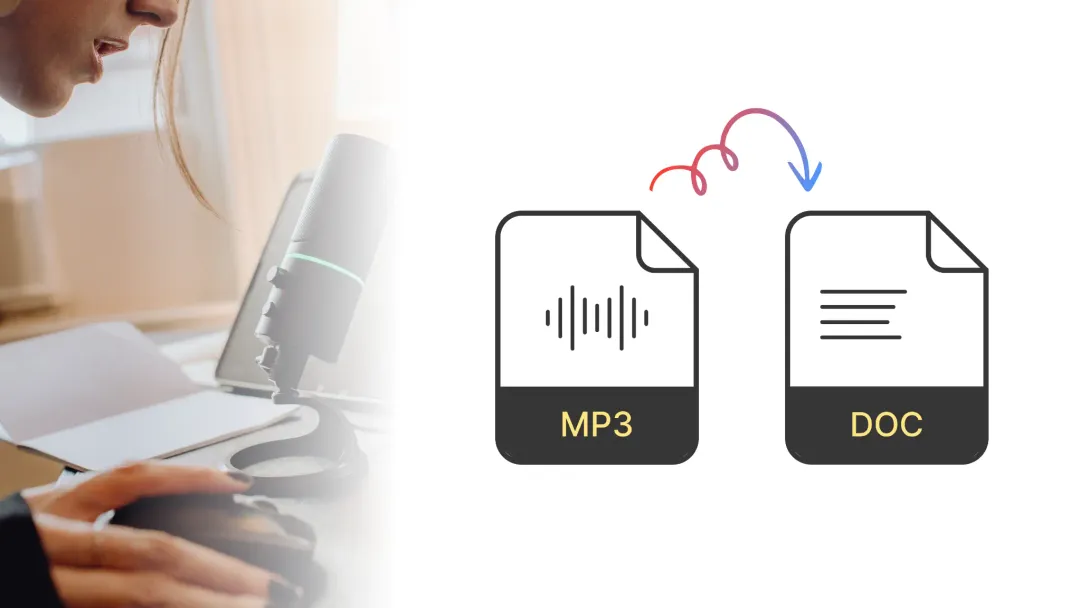Future of the Transcription Industry
November 2022
·
2 min read

The pandemic has increased the number of online corporate meetings, interviews, and appointments, leading to the demand for transcription.
Lately, there has been a lot of buzz in the industry around speech recognition technology and text-to-speech. Both are affecting the way people feel about the future of transcription as well as the future of transcription jobs. Text-to-speech technology is found in almost all smartphones and personal computers. Similarly, its use has been growing exponentially over the past decade.
Of course, no one can predict with certainty where the industry will go, but it is still worthwhile to consider the possibilities.
Future of the Transcription Industry
Many believe that the future of transcription lies in speech recognition technologies. The voice recognition industry is predicted to more than quadruple (from $4 billion now to around $12 billion by 2022), according to data by the multinational marketing research firm MarketsandMarkets.
The rise of virtual speech assistants like Apple's Siri, Amazon's Alexa, and Google Voice is now spreading into new fields and starting to have a significant impact on the workplace. Similarly, the need for transcription is equally important with the increase in audio and video content. But are either of these technological developments helping the transcribing industry's future? The solution isn’t always obvious or even in black and white, as is the case with most questions.
Currently, AI for automated speech recognition can produce findings that are accurate 95% of the time. Although the 5% margin for error may appear insignificant, it can have severe implications in specific applications, such as court proceedings and medical field transcripts.
AI’s speech-to-text is in an exciting phase at the moment. With voice assistants, search, and controls a permanent fixture of modern life, there is immense demand for AI solutions that deliver accurate results.
Automatic speech recognition solutions have a wide range of applications in businesses, including education, movies, medical and legal fields. Some of the current use cases of speech-to-text:
- Study aids
- Video subtitle and captioning
- Research projects
- E-documentation
- Note-taking
- Customer service/chatbots
- Content search
- Accessibility to live meetings, conferences
Speech recognition technology is already a part of our everyday lives, but for now, is still limited to relatively simple commands. One day, you will be able to talk to your computer the way you would talk to any human, and it will be able to transmit reasoned responses back to you. All this will be made possible by signal processing technologies.
Processing, interpreting, and understanding a speech signal is a key to many powerful new technologies and methods of communication. Given current trends, speech recognition technology will be a fast-growing (and world-changing) subset of signal processing for years to come.
If you plan to outsource your transcription work to an agency, you must ensure it has extensive experience in the transcription field. So that you don’t have to worry about the results.
If you’re planning to get your work transcribed, Reduct.Video can provide quick turn-around time with guaranteed accuracy at an affordable rate of $1 per minute. We have delivered over 16000 hours of human transcription.


